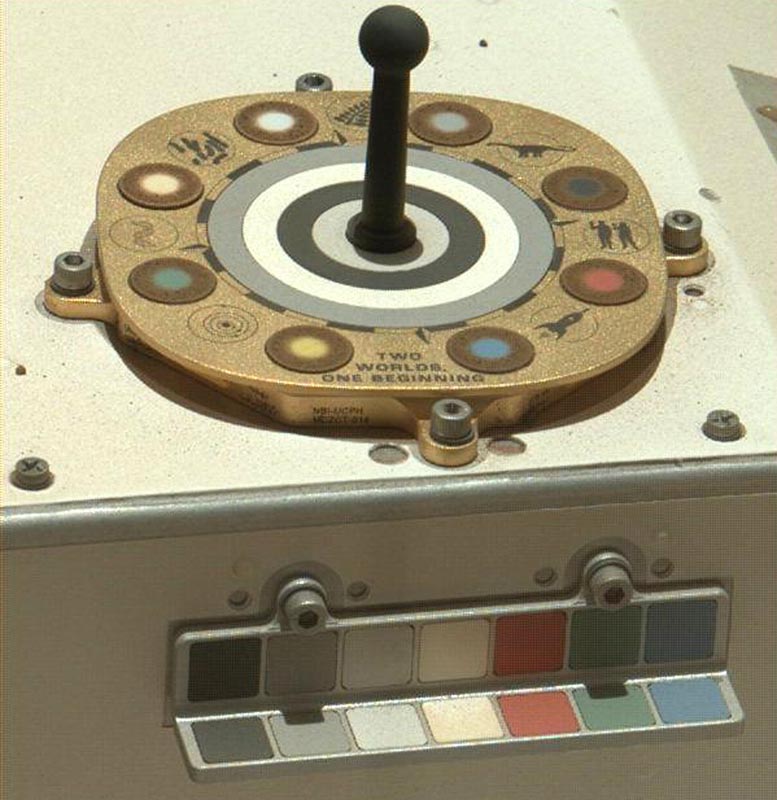
NASA’s Mars Perseverance rover acquired this image using its Left Mastcam-Z camera. Mastcam-Z is a pair of cameras located high on the rover’s mast. Credit: NASA/JPL-Caltech/ASU
A plane has a pilot. A bus has a driver. A train has a conductor. But who controls a Mars rover? During the last seven years that I have operated spacecraft both in orbit and on the surface of Mars, I’ve come back again and again to the question of who is most responsible for making a spacecraft go.
Is it the ACE who sends the commands to the Deep Space Network (DSN) to be sent to the spacecraft? But they didn’t write the commands. Then is it the science Payload Uplink Lead who wrote them? But they only wrote them out in plain text, which a rover can’t read. Maybe it’s the Sequence Integration Engineer who converted them to a binary file the rover could understand? But they don’t understand the nuance of how or where to point an instrument or how long to expose the camera’s detector in order to get the crisp images we’ve become so familiar with, nor can they point an antenna at Mars like a DSN operator needs to. Perhaps the rover controls itself with its sophisticated onboard automation. Or should that credit go to the flight software developer who wrote the algorithms?
After seven years of thinking about this question and discussing it with colleagues, the best answer I can give is this: All of us are, and none of us are.
As one of the thousands of engineers and scientists who have worked on Perseverance, I’ve come to see the project as an ant hill. Just as no one ant is smart or strong enough to build an ant hill on its own, none of us is smart enough or capable enough to design, build, test, or operate a Mars rover on our own. Instead, we rely on each other’s expertise, diversity, and our hard won experience through the various successes and failures of our careers. None of us is smart enough to do the entire job. Not even the sum of our intelligences is enough. Instead, just as with an ant colony, we only get the job done through the emergent intelligence that stems from every small interaction we have with each other, making us better than the sum of our parts.
In the last month, this has been on full display as we have loaded a new version of flight software, selected the next core sample target at the “Brac” outcrop, and drilled at that location. It couldn’t be any other way as each of these tasks is complex, requires expertise in very different skills, and takes many more hours than a single person or even a single team could manage.
Working on a system as complex as Perseverance is humbling and awe inspiring. As deeply as I understand my own work, the design of the rover, and the ways we operate it, there’s just so much more that I don’t know. And there always will be. But that’s not a problem because wherever my knowledge ends, a colleague’s begins. In that way, the rover is far more than a robot on Mars. It’s an extension of the minds and the community of engineers and scientists who have worked on it. It’s a shining beacon of human consciousness on another world.
Written by Matt Muszynski, Vehicle Systems Engineer at NASA/JPL.



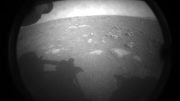
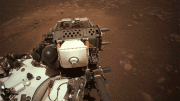
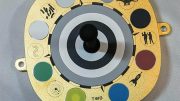
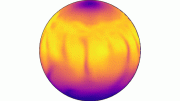
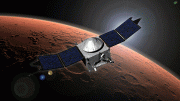
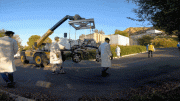
Be the first to comment on "NASA Mars Perseverance Rover: New Software, New Drill Target, and an Existential Question"